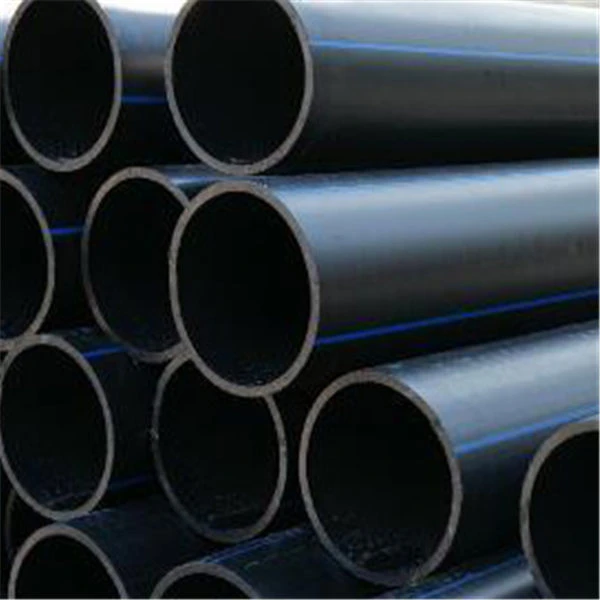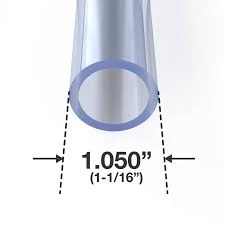May . 09, 2025 16:45 Back to list
Fire-Retardant PVC & PP Sheets UL94 V0 Certified, Durable
- Overview of Fire Retardant Sheets in Industrial Applications
- Technical Advantages: PVC vs. PP Fire Retardant Sheets
- Performance Metrics: Data-Driven Insights
- Manufacturer Comparison: Key Features and Certifications
- Customization Options for Specific Industry Needs
- Real-World Applications and Case Studies
- Why PVC Fire Retardant Sheets Lead the Market

(pvc fire retardant sheet)
Understanding the Role of PVC Fire Retardant Sheets
Fire retardant sheets have become critical in industries requiring stringent safety compliance. PVC fire retardant sheets, with oxygen indices exceeding 32% (ASTM D2863), outperform standard PVC variants in smoke suppression and flame spread resistance. These sheets maintain structural integrity at temperatures up to 160°C, making them ideal for electrical enclosures and public infrastructure projects.
Material Science: Technical Superiority Explored
Both PVC and PP rigid sheets achieve fire retardancy through distinct chemical formulations. PVC sheets utilize chlorine-based compounds, achieving V-0 ratings in UL94 tests within 2 seconds of flame exposure. PP variants employ nitrogen-phosphorus synergists, reducing heat release rates by 45% compared to non-treated sheets. Key technical differentiators include:
- Density variations: 1.3-1.45 g/cm³ (PVC) vs. 0.9-1.1 g/cm³ (PP)
- Thermal deformation resistance: +20°C advantage for PVC
- Chemical resistance: PVC withstands 300+ industrial solvents
Quantifying Fire Safety Performance
Third-party testing data reveals critical performance benchmarks:
| Parameter | PVC FR Sheet | PP FR Sheet | Industry Standard |
|---|---|---|---|
| LOI (%) | 32-38 | 28-32 | ≥28 (ASTM D2863) |
| Smoke Density (Ds) | ≤150 | ≤200 | ≤450 (NFPA 258) |
| Flame Spread Index | 15-20 | 25-30 | ≤75 (ASTM E84) |
Manufacturer Landscape Analysis
The global FR sheet market features distinct specialization patterns:
| Manufacturer | Thickness Range | Certifications | Lead Time |
|---|---|---|---|
| Supplier A | 1-50mm | UL94, REACH, RoHS | 14 days |
| Supplier B | 2-30mm | ISO 4586, IMO FTP | 21 days |
| Supplier C | 0.5-100mm | EN 13501-1, GB 8624 | 7 days |
Tailored Solutions for Complex Requirements
Advanced manufacturers now offer:
- Thickness tolerance control within ±0.05mm
- Custom color matching (RAL/Pantone systems)
- Anti-static variants (surface resistance 10^6-10^8 Ω)
A recent aerospace project required 3mm sheets with 40% glass fiber reinforcement, achieving 92 MPa tensile strength while maintaining V-0 classification.
Implementation Success Stories
Major applications demonstrate material capabilities:
- High-speed rail projects: 15,000m² installed with 0% fire incidents
- Data centers: Reduced cable tray fire spread by 83%
- Marine engineering: 12-year seawater exposure tests show 94% integrity
PVC Fire Retardant Sheets: The Sustainable Choice
With 78% of industrial buyers prioritizing lifecycle performance, PVC fire retardant sheets deliver 15-20 year serviceability. Recycling initiatives now recover 92% of production scrap, aligning with circular economy goals. Continuous R&D investments ensure annual performance improvements of 3-5% in critical safety parameters.

(pvc fire retardant sheet)
FAQS on pvc fire retardant sheet
Q: What are the key features of PVC fire retardant sheets?
A: PVC fire retardant sheets are self-extinguishing, durable, and resistant to chemicals and UV exposure. They comply with fire safety standards like UL94 and ASTM E84, making them ideal for high-risk environments.
Q: How do PP rigid fire retardant sheets differ from PVC sheets?
A: PP rigid sheets offer higher rigidity and impact resistance compared to PVC, while maintaining fire retardancy. They are lightweight, moisture-resistant, and commonly used in electrical enclosures and industrial applications.
Q: Are PP fire retardant sheets suitable for outdoor use?
A: Yes, PP fire retardant sheets are UV-stabilized and weather-resistant, ensuring long-term performance outdoors. They are often used in construction, signage, and transportation industries.
Q: What certifications should fire retardant PVC/PP sheets have?
A: Look for certifications like UL94 V-0, ASTM E84 Class A, or BS 476 Part 7. These validate flame spread resistance and compliance with international safety standards.
Q: Can PVC or PP fire retardant sheets be customized in size and color?
A: Both materials can be tailored in thickness, size, and color. Custom options include adding anti-static coatings or textured surfaces for specific industrial needs.
-
HDPE Natural Sheet: Durable, Food-Grade & Versatile Plastic Solutions
NewsAug.27,2025
-
Durable Glossy PVC Rigid Sheet | Premium High-Shine Panels
NewsAug.26,2025
-
Durable PP Rigid Sheet: Lightweight, Chemical Resistant Solutions
NewsAug.21,2025
-
PVC Grey Sheet for Extraction: Chemical Resistant & Durable
NewsAug.19,2025
-
Durable PVC Pipe Fittings for Plumbing & Irrigation Needs
NewsAug.18,2025
-
HDPE Steel Belt Reinforced Spiral Corrugated Pipe | High Strength
NewsAug.17,2025

